Camping continues to expand in popularity as a cost-effective and flexible form of travel, according to Kampgrounds of America’s (KOA) 2025 Camping & Outdoor Hospitality Report.
Released April 9, the report outlines significant growth in participation, especially among younger demographics, as well as a steady shift toward experience-driven and wellness-oriented travel.
“Today, one-in-four leisure travelers consider themselves campers,” said Toby O’Rourke, president and CEO of KOA.
“We’ve seen tremendous growth in participation over the past five years. While camping was down slightly year-over-year, we anticipate a resurgence in returning travelers to camping this year, with 72% of campers believing camping is the most cost-effective travel option,” O’Rourke explained.
The report also shows that more than 11 million new households camped in 2024 compared to 2019. Despite economic uncertainty, the industry has maintained momentum, fueled in part by a demand for affordable, nearby getaways. Camping now accounts for a substantial share of leisure travel in North America.
New campers made up 5% of the camping population in 2024, a percentage that mirrors pre-pandemic trends. These campers tend to be younger and gravitate toward campgrounds that offer upgraded amenities and services. Private campgrounds and glamping destinations are of particular interest to this group.
KOA’s findings also show a cultural return to traditional camping experiences. About 26% of respondents indicated a desire to reconnect with childhood traditions, such as roasting marshmallows and sharing stories around a campfire.
At the same time, 62% of campers prefer weekend escapes, and 44% are staying closer to home.
In terms of financial impact, campers contributed $61 billion to local economies last year. Daily household spending increased to $200, up $43 from 2023. Glampers and Gen Z travelers led the way in spending, averaging $251 and $266 per day, respectively.
Rising travel costs have influenced traveler behavior, with 8-in-10 campers adjusting their plans to include more low-cost activities. Rather than cancel trips, many campers are choosing to hike, enjoy nature walks, or spend evenings around a campfire. Meanwhile, 65% of campers plan to maintain or increase their travel budgets in 2025.
Wellness and personal well-being have also emerged as top priorities. More than half of campers and leisure travelers identified water-based experiences—such as walking along beaches or relaxing near lakes—as key to improving mental and emotional health.
Solo travel is gaining momentum, particularly among Gen Z and Millennials. One-in-five campers took their first solo trip in 2024, indicating growing interest in independent travel.
Additionally, camping is increasingly viewed as a multi-generational activity, with many travelers choosing to camp with children and extended family members.
“This year’s report highlights a dynamic reset in the camping landscape, where new generations and experienced campers alike are embracing a more flexible, experience-driven approach to outdoor travel,” said O’Rourke.
“With increased interest in amenities, service, wellness, and family bonding, camping is evolving into a diverse and accessible option for all travelers. Despite economic pressures, it’s clear that the outdoor hospitality industry provides significant value for personal well-being and contributes positively to local communities, ensuring its continued strength and resilience,” Rourke added.
To access the full Camping & Outdoor Hospitality Report, visit KOA.com.
.png)
.png) 1 month ago
6
1 month ago
6

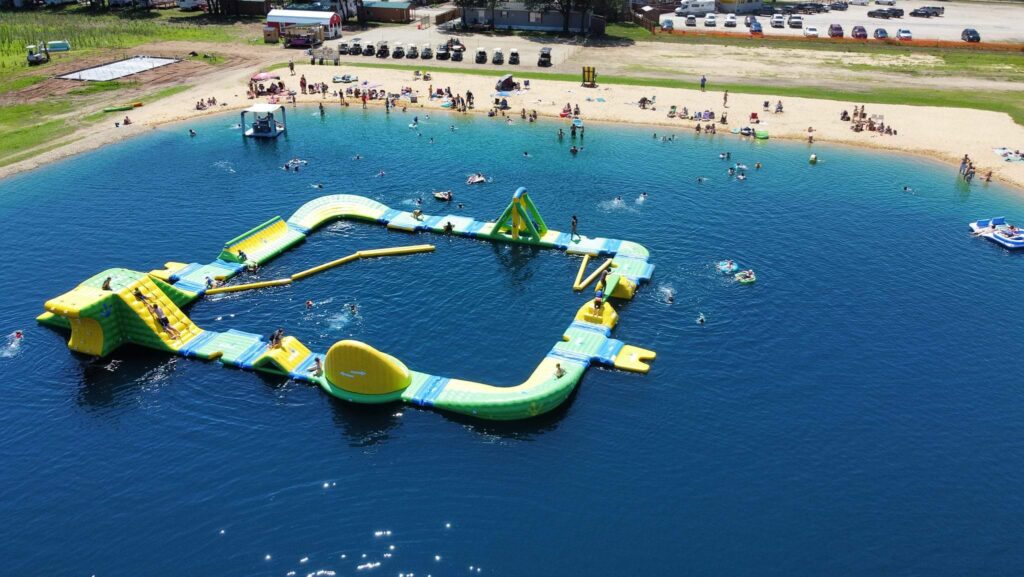
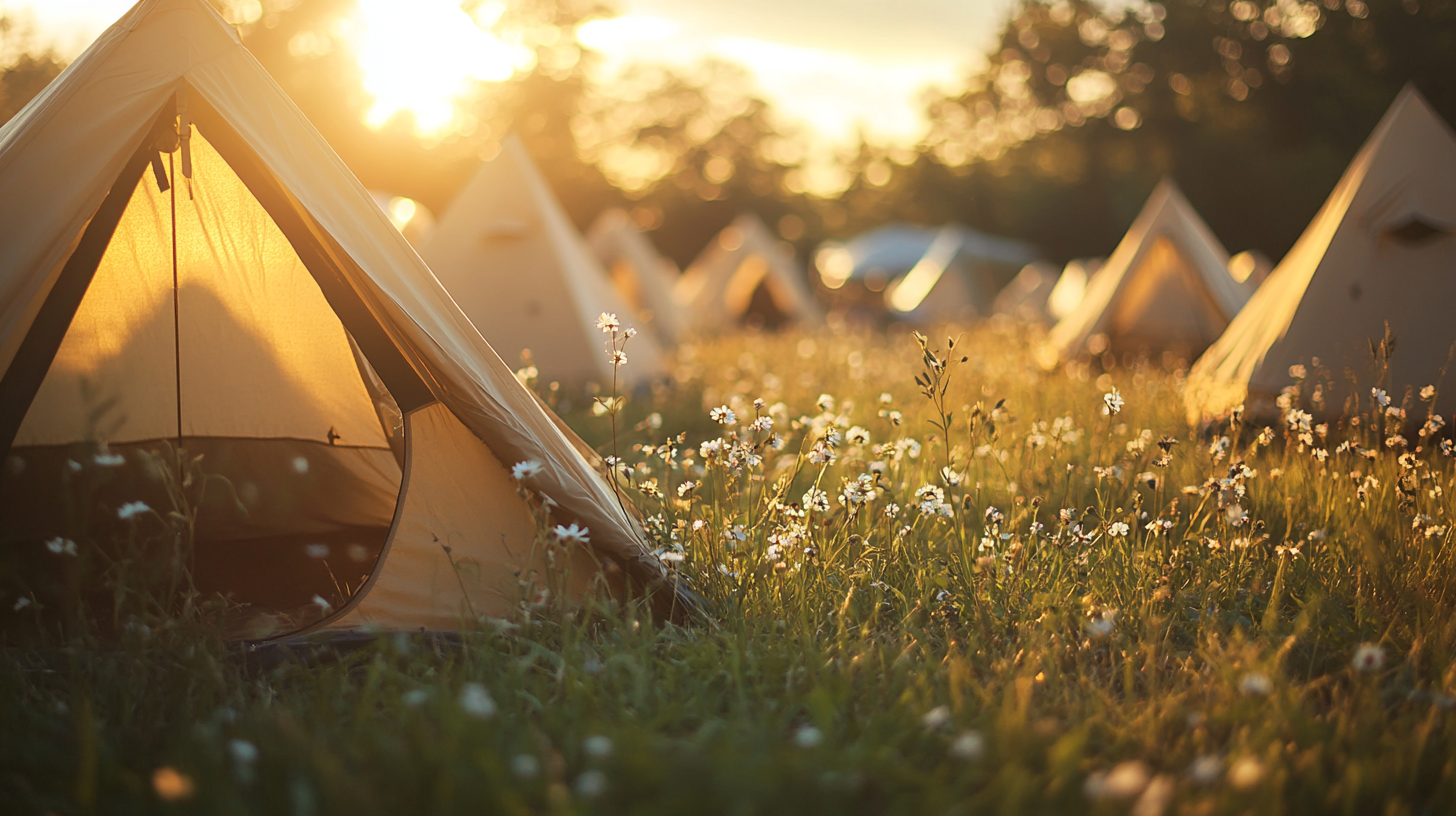
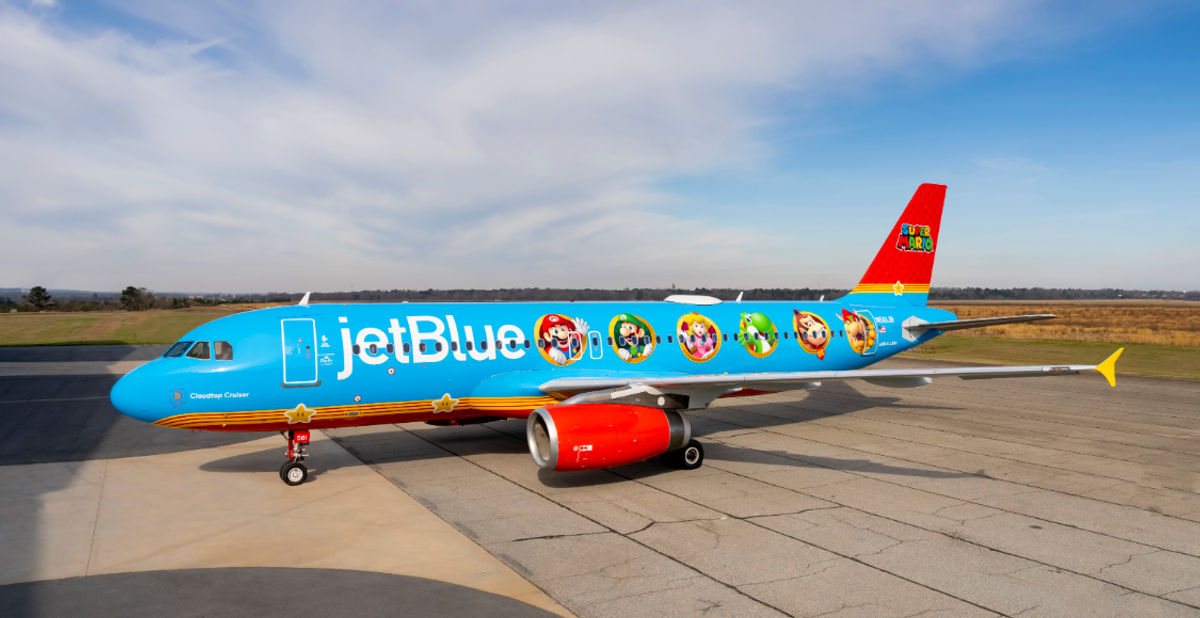
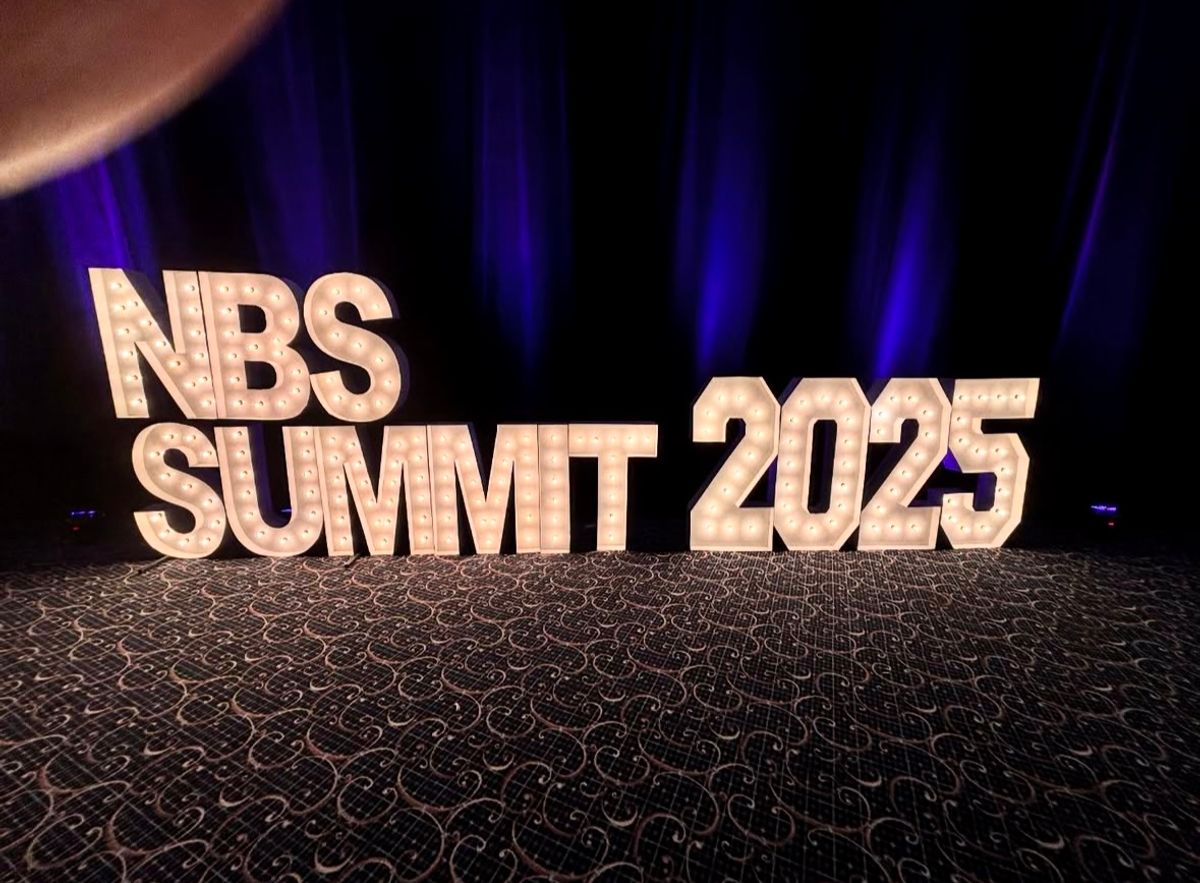
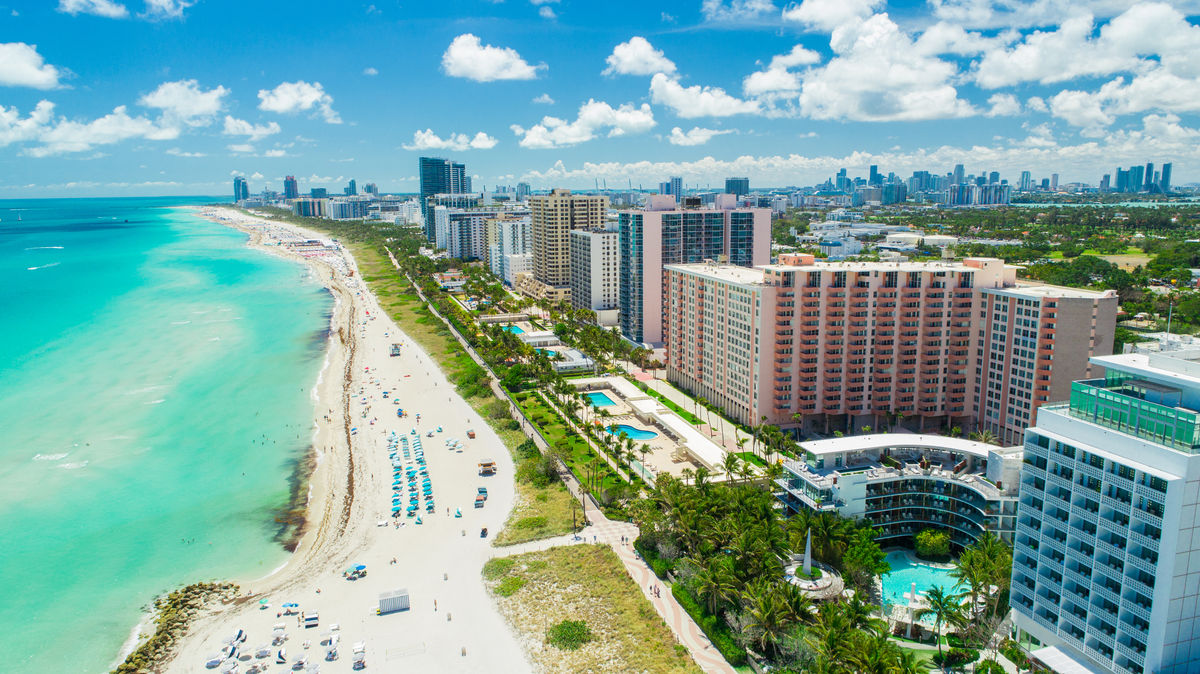


 English (US) ·
English (US) ·  Spanish (ES) ·
Spanish (ES) ·